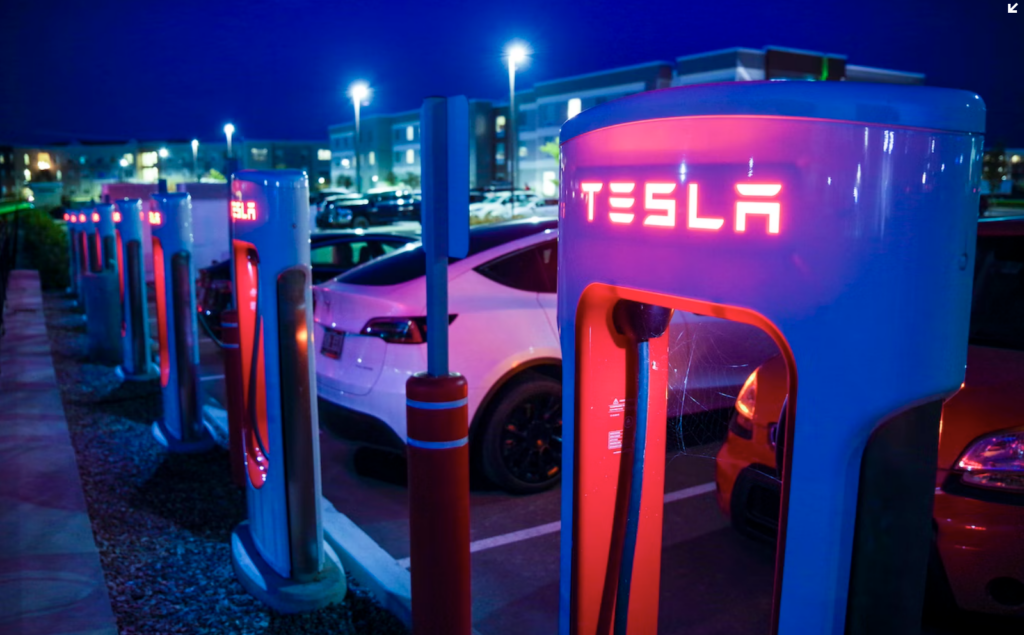Convenience Stores Are Against The Transition To Electric Vehicles?
Convenience stores' owners are not eager to add electric vehicle chargers to their parking lots as an option for their patrons with EVs to due to the estimated $250,000 extra a year it would cost them.
This article is more than 2 years old
As several states and the federal government push to quicken the transition to electric vehicles from traditional gas-fueled cars, the country’s convenience stores aren’t particularly eager to join in and replace their fueling stations with electric vehicle chargers. From a convenience store owner’s point of view, the hesitation is understandable. Implementing charging stations can easily make a convenience store’s electric bill skyrocket, rendering the operations unprofitable.
From an outsider’s perspective, the idea to add electric vehicle charging stations to convenience store parking lots may seem like a solid plan. Customers can wait inside and still make the same gas station purchases that many convenience store owners rely on for profit. The only difference would be that those customers could hang around inside and wait while their electric vehicles charge.
A bill aiming to help replace gas pumps at convenience stores is providing $7.5 billion in funding. However, the expenses, electricity provider competition, and, at times, unreliable electric vehicle charging all make the idea of swapping gas pumps for charging stations unappealing. For many convenience store owners, replacing their gas pumps would result in a significant loss of profit.
According to CNN, Electrify America’s Head of Energy Services Jigar Shah, said that the mere act of “charging four vehicles at once” could end up costing convenience store owners $250,000 a year. The company owns and operates one of the largest public charging systems in the country. The costs of operating a convenience store with electric vehicle charging stations may not make sense for many owners, which further hinders the country’s attempt to fully transition away from gas-powered cars.

Electricity companies’ fees and rates vary across the U.S. They also charge demand charges, which are extra charges that electricity companies tack on when businesses use a significant amount of power at once. For store owners, this could be problematic, especially when electricity rates are already high enough on their own.
The demand charges alone can cost 90% of a charging station’s cost. Charging more than one vehicle at once, which would be expected at an electric vehicle charging station, triggers demand charges. Convenience stores that implement electric vehicle charging stations can easily incur hundreds of thousands of dollars in demand charges.
Those excess costs could be passed on to convenience store customers, and stores with high sales volumes wouldn’t feel much of an impact from the extra electricity expenses since most gas station profits come from the goods sold inside. One convenience store chain based out of Iowa, Kum and go, installed its first fast electric vehicle charger in 2017. The commercial fuels manager, Jacob Maass, said that the faster chargers use significant amounts of electricity, especially in comparison to the first one it installed in 2008.
The government’s proposed electric vehicle funding places a speed requirement on convenience stores. Those speeds result in costly demand charges, making store owners hesitant about making a switch or adding on EV stations. Kum and Go’s executive team focuses on ways to ensure they remain profitable, and this includes figuring out the most effective way to get customers to go inside and make a purchase.
Many view the switch to electric vehicle charging stations as an opportunity. Convenience stores would keep customers inside longer as they’d wait for their vehicles to charge. This improves the likelihood that they’d make a purchase.








